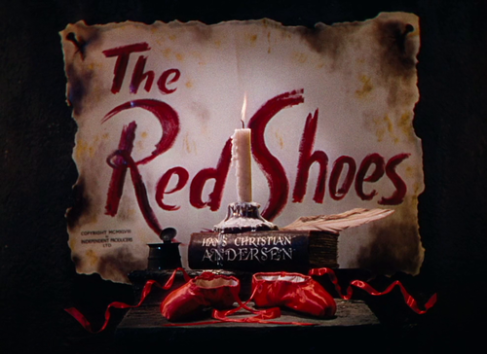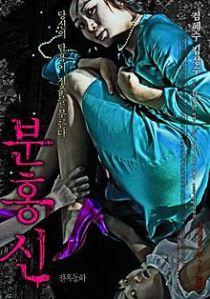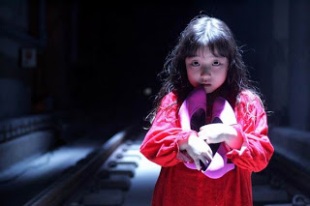

After watching the trailer to the 1991 animated film adaptation of George Macdonald’s The Princess and The Goblin in class, I was interested in seeing how close of an adaptation the film was to the original novel. The European animated film was directed by József Gémes and released in the United States on June 1994, which coincidentally was in direct competition with Disney’s The Lion King. One could imagine the reception The Princess and The Goblin received when it first came out in the states, but beside the point. The film’s portrayal of the wide variety of characters from the classic tale is surprisingly left intact with a few minor alterations to entertain the modern audience. In order to appease the younger demographic, the antagonists have been toned down quite a bit to incorporate some comic relief. In addition, the movie includes a few musical segments in which the novel had placed a big importance on in terms of singing when confronting the goblins. There was also the use of symbols, such as the roses that represented Irene’s Great Great Grandmother.

In terms of the characters being portrayed in the movie, the film version did an excellent job bringing to life an animated version of Princess Irene and Curdie. Both protagonists could easily relate to their respective audience. For instance, Curdie’s character is a young boy with a sense of adventure and bravery and, like his novel counterpart, is a hardworking young man who would go out of his way to battle goblins to protect the princess. To a young boy, Curdie could be viewed as a very influential figure and a good influence to all boys. Princess Irene, on the other hand, is portrayed as an elegant and very intelligent girl. Although she appears to be a little older and had a different design than her novel counterpart, she goes through a form of quest to mature and gain a sense of independence with the help from her great great grandmother.
The adults are portrayed as wise and responsible individuals that are often present to support the two children protagonists, with the exception of Lootie who seems to have gone through a complete personality shift compared to the Lootie in the novel. She is not as dedicated to her work and paranoid about losing her job like her novel counterpart. Specifically, Lootie in this film is portrayed as careless, absentminded, and clumsy. For instance, in the beginning of the film, Lootie falls asleep instead of keeping watch over Irene and thus leaves Irene to fend for herself when she is being chased by the goblin creatures. Undoubtedly, she is still the character who scolds Irene and shows no interest in locating or believing in Irene’s grandmother, but one can conclude that she was given a more comedic personality. Another interesting thing to note is that most of the adults in the castle are completely unaware of the existence of goblins and believe that goblins only originated from miner’s tales. This contrasts with the novel as Irene was the only one left in the dark about goblins. Therefore, the adult soldiers and guards are constantly questioning what exactly they would be fighting against since they do not know how goblins look like and at one point mistake Curdie for a goblin.
The goblins in the film are not as intimidating or menacing as the ones portrayed in the novel, in fact, they serve as comedic antagonists. The primary antagonist in the animated film version is perhaps the only character to have his name changed. Originally Prince Harelip in the novel, he is known as Prince Froglip in the film version and is shown as a spoiled and childish goblin with an exaggerated and slobbery lisp. The Goblin Queen is illustrated as an overweight goblin with hilarious big lips and a bossy and petulant attitude to complete the set. Interestingly enough, the film version decided to leave out the fact that the Goblin Queen was a stepmother. Then there is the Goblin King who is constantly sneezing as emphasized by his huge runny nose. He seems to be very submissive to his wife’s wishes and is usually just present to make announcements to his people while his wife makes all the decisions for him. With that, the goblin family could be seen as “the three stooges” of the film as they do not pose much of a threat to the protagonists. To modern viewers, the antagonists were given these characteristics to keep the lighthearted aura within the film and, of course, make the kids laugh at their antics.

Finally, the animated film added an extra character known as Turnip the Cat or as one would call it “the mascot of the film.” Although the cat made no appearances in the novel, in the film it serves as a plot device. The cat led Irene to the attic where she found her great great grandmother and also helped lead Irene in some cases.
Spoiler Alert: Also, in the end, Curdie does not get his kiss on the mouth like in the novel.



















